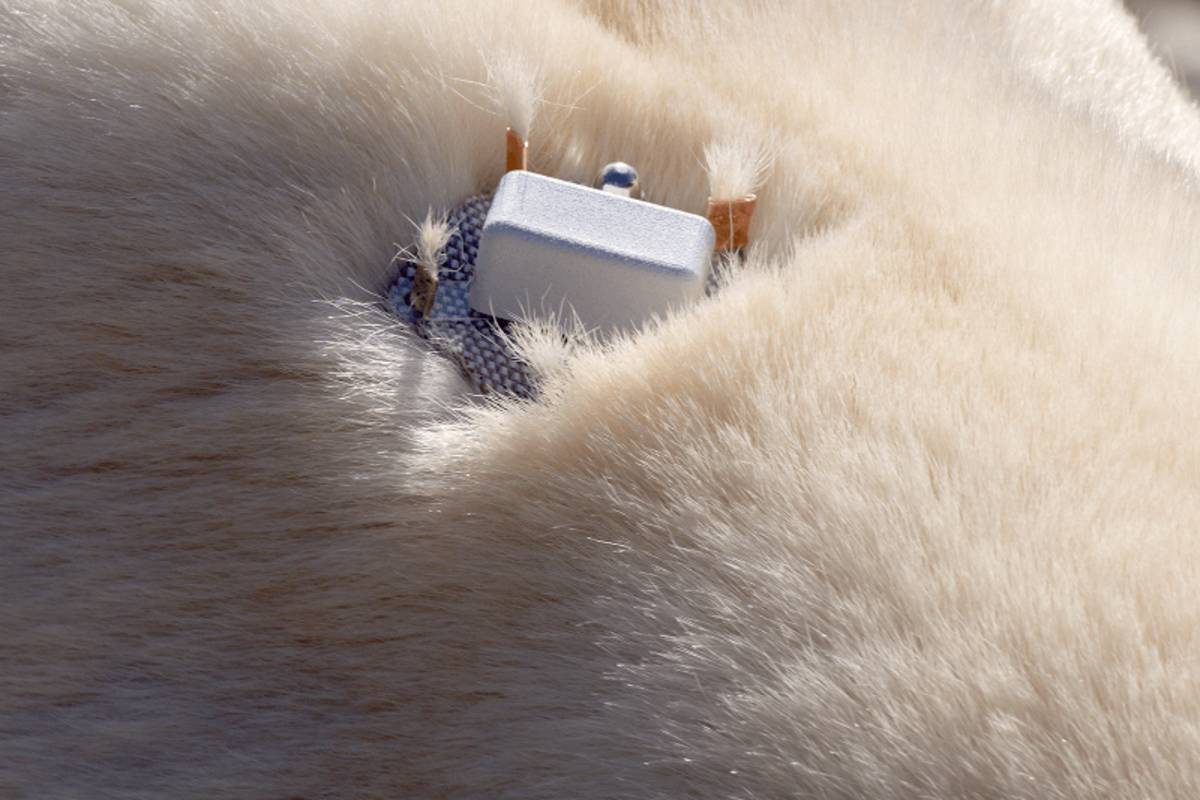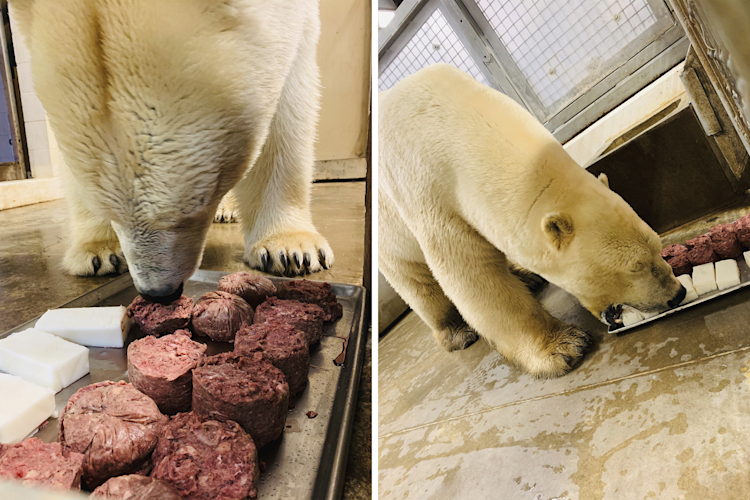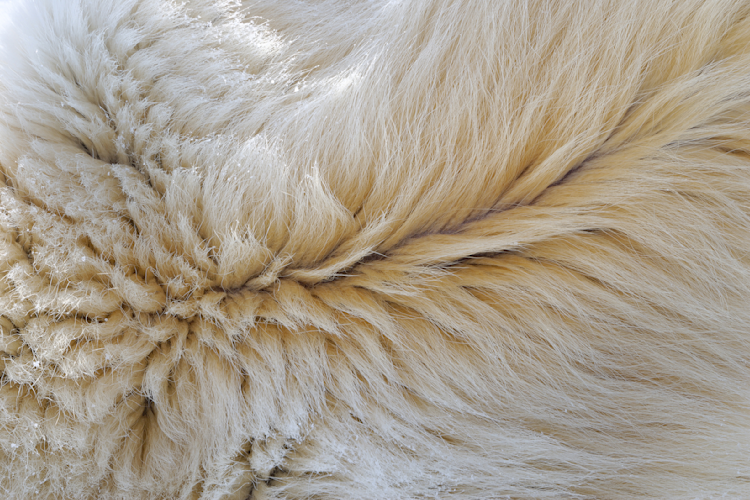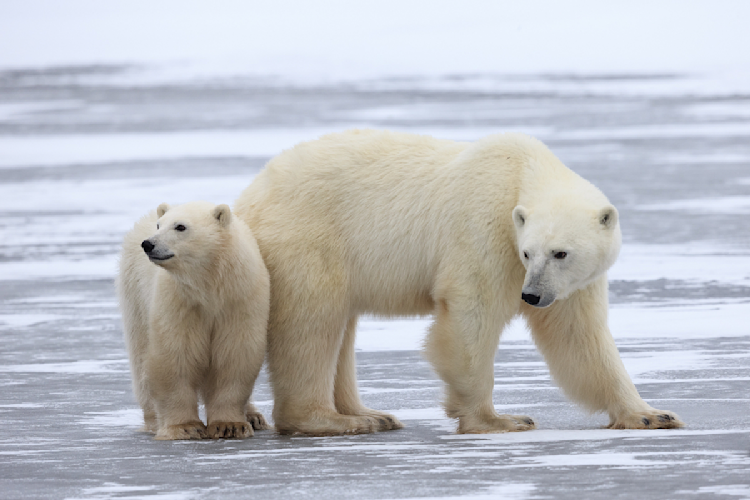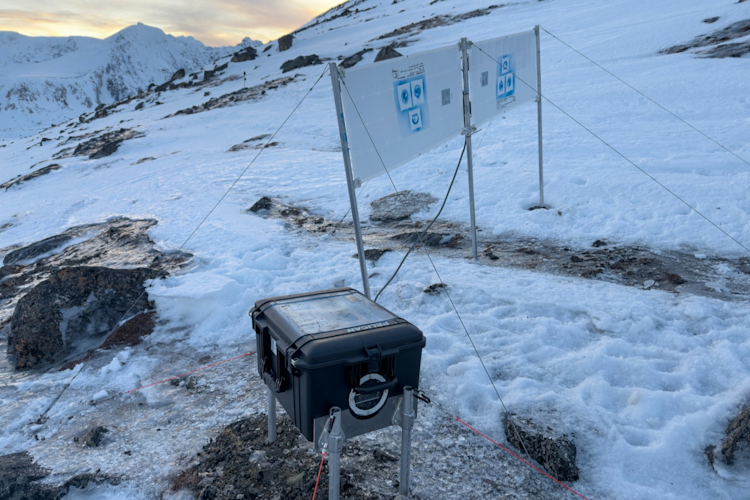A pregnancy test for polar bears? Methods to help ensure genetic diversity? A tool to assess the reproductive health of wild bears? Scientists at the Cincinnati Zoo & Botanical Garden are using cutting-edge technology to understand and improve reproduction in polar bears, working with samples from more than 60 polar bears at 31 zoos.
The study is a great example of how research on polar bears in zoos and aquariums can directly benefit their wild peers.
As a field biologist, I know first-hand that studying polar bears in the wild can be logistically demanding and even dangerous. And some research, like the reproductive studies, would be impossible to conduct with polar bears in the wild. Also, it’s extremely rare for field researchers to handle the same wild bear multiple times during any given year, meaning that field data often gives us a precious but single snapshot in time of what is happening with an individual bear.
